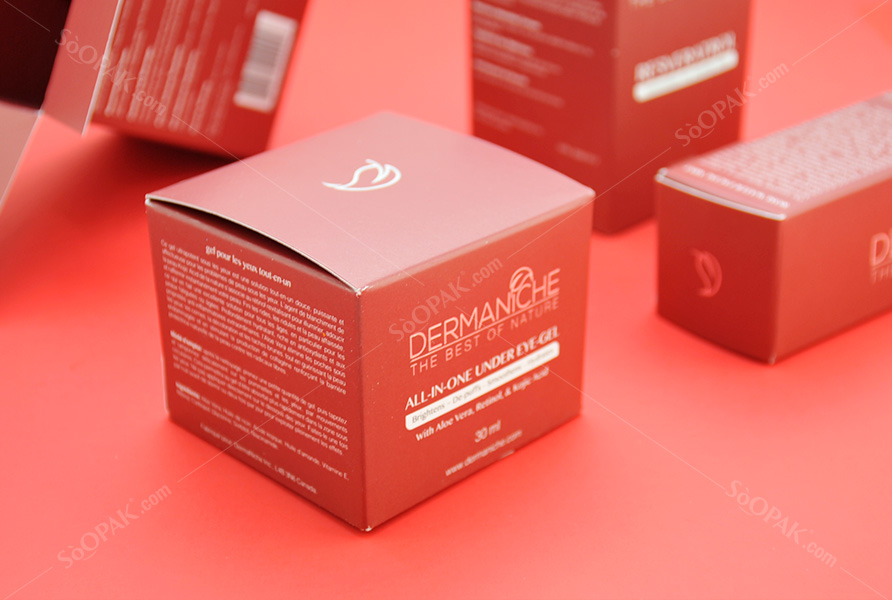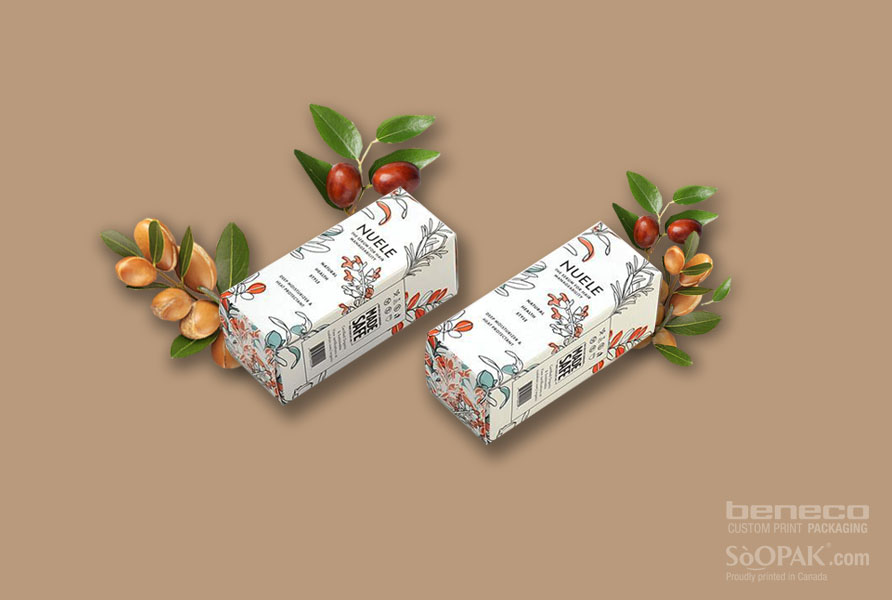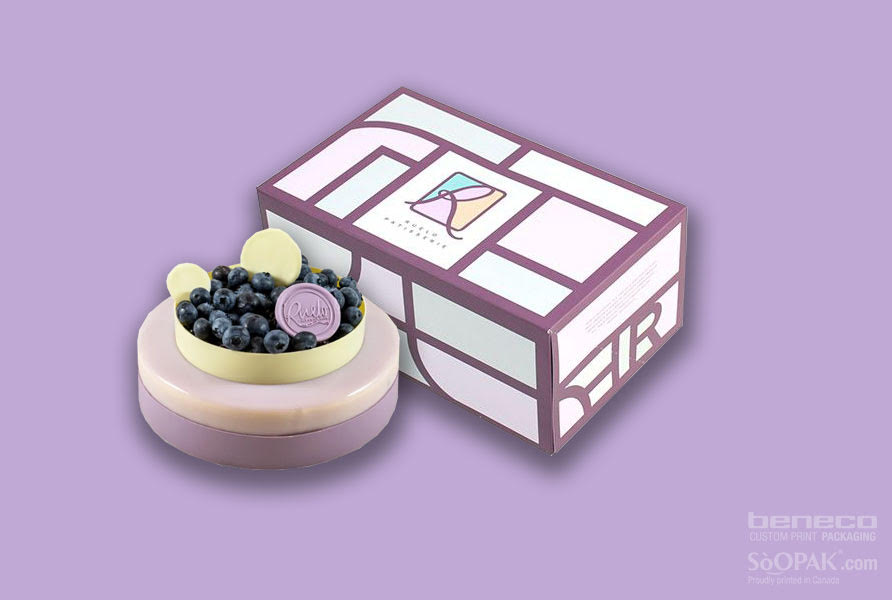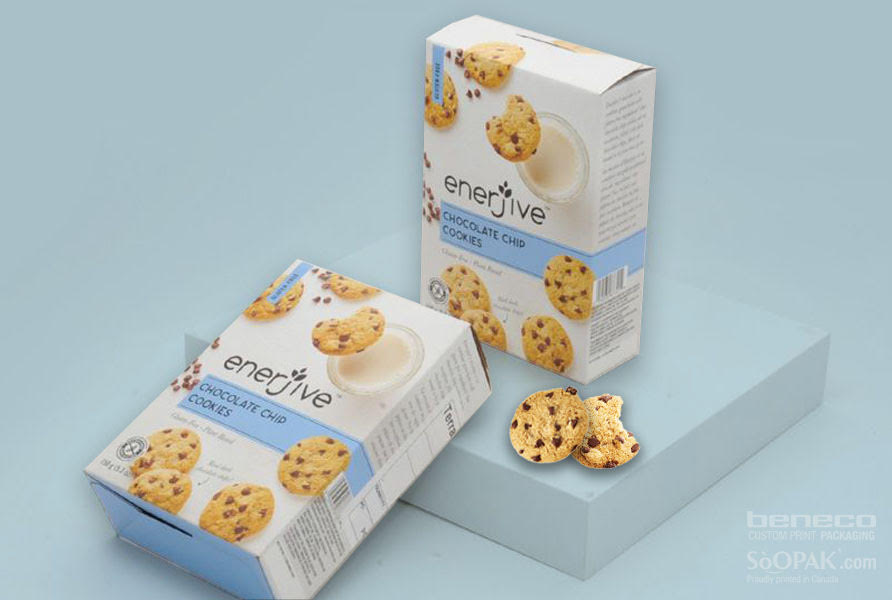It is no secret that more people are looking to avoid single-use plastics in their daily lives. For those who sell products, this means that you have to be hyper-aware of the materials that you use to package your products and do your best to avoid single-use plastics. Simply choosing another material instead of these plastics can be enough to gain you some new loyal customers who no longer want to buy products packaged in these materials.
Supplement your other eco-friendly efforts with the following information regarding packaging alternatives to single-use plastics.
Alternatives Already Available
You do not have to look too hard to find alternatives to single-use plastics. This is especially the case if your product packaging does not require the transparency of plastic. Even if you need transparency in your packaging, you will have a few choices that are better for the planet than traditional single-use plastics.

Recycled Cardboard
One of the easiest ways to reduce your single-use plastic utilization is to swap it with recycled cardboard packaging. This material is widely available, and your packaging manufacturer should have no problem working with it. Ideally, your cardboard will be recyclable as well as recycled, but even if it is just recycled, you have already reduced your environmental impact.
Bioplastics
Since people are so accustomed to using plastics, there has been a rise in the use of bioplastics. These are made from plants, including the waste products from growing vegetables. Bioplastics can be used for food-grade containers and drinking bottles. Since bioplastics are natural, it is much better for the planet than traditional single-use plastics, yet this material has similar properties. This allows for nearly a direct replacement, assuming you find bioplastics to use.
Milk-based Materials
There is even milk plastic that is growing in popularity. This is made from casein, the main protein in milk. Casein was traditionally used for making plastic before we started using petrochemical plastic that lasted longer. Milk plastic has returned to the spotlight for its environmental friendliness, especially given that new technology makes it more durable than it used to be.
Stone-based Materials
You may not realize it, but there is also the option to make paper and even plastic alternatives from stone. It is made using calcium carbonate in the stones and is waterproof, recyclable, and printable. It can produce FDA-certified food containers and be an alternative to plastics for items like take-out containers and zippered plastic bags.
Mushroom-based Materials
There is also the ability to choose materials made from mushroom roots. The fibers create a type of foam that can be useful for protecting fragile items in their product packaging. It is biodegradable and organic, and your customers can use it as mulch or compost when they are done with it.

Alternatives Are Being Developed
Some of the previously mentioned alternatives to single-use plastic are easier to find than others, but there are also plenty of innovations still in development. This is a booming market since those who develop new alternatives also stand to make a profit if their respective materials take off. For example, Ooho and Skipping Rocks Lab created biodegradable and edible packaging for water instead of traditional plastic bottles.




